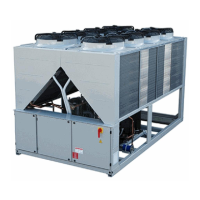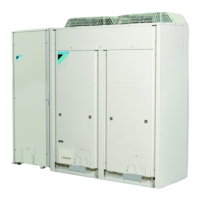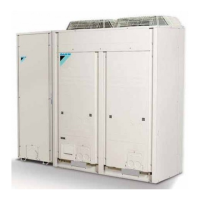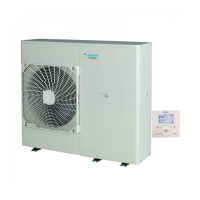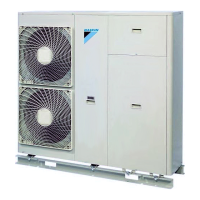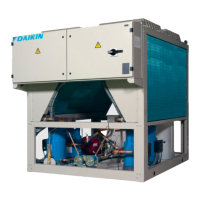Water treatment
Before putting the unit into operation, clean the water circuit.
The evaporator must not be exposed to flushing velocities or
debris released during flushing. It is recommended that a
suitably sized bypass and valve arrangement is installed to
allow flushing of the piping system. The bypass can be used
during maintenance to isolate the heat exchanger without
disrupting flow to other units.
Dirt, scales, corrosion debrits and other material can
accumulate inside the heat exchanger and reduce its heat
exchanging capacity. Pressure drop can increase as well, thus
reducing water flow. Proper water treatment therefore reduces
the risk of corrosion, erosion, scaling, etc. The most
appropriate water treatment must be determined locally,
according to the type of system and water characteristics.
The manufacturer is not responsible for damage to or
malfunctioning of equipment caused by failure to treat water or
by improperly treated water.
Table 1 - Acceptable water quality limits

